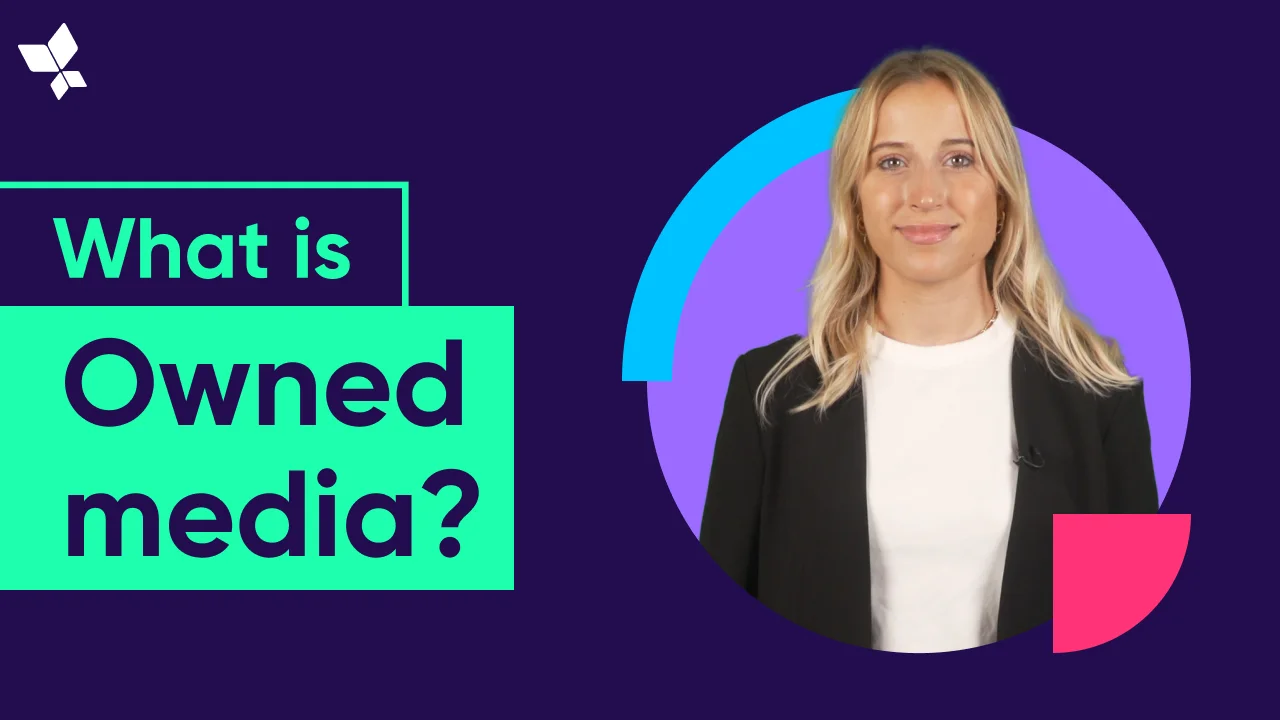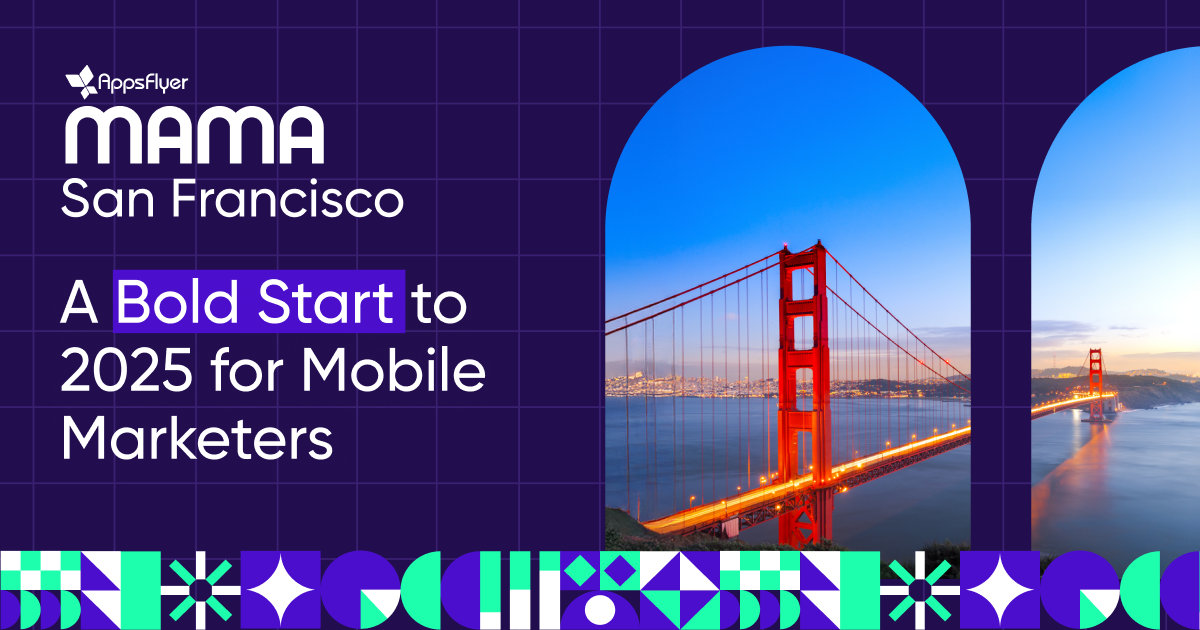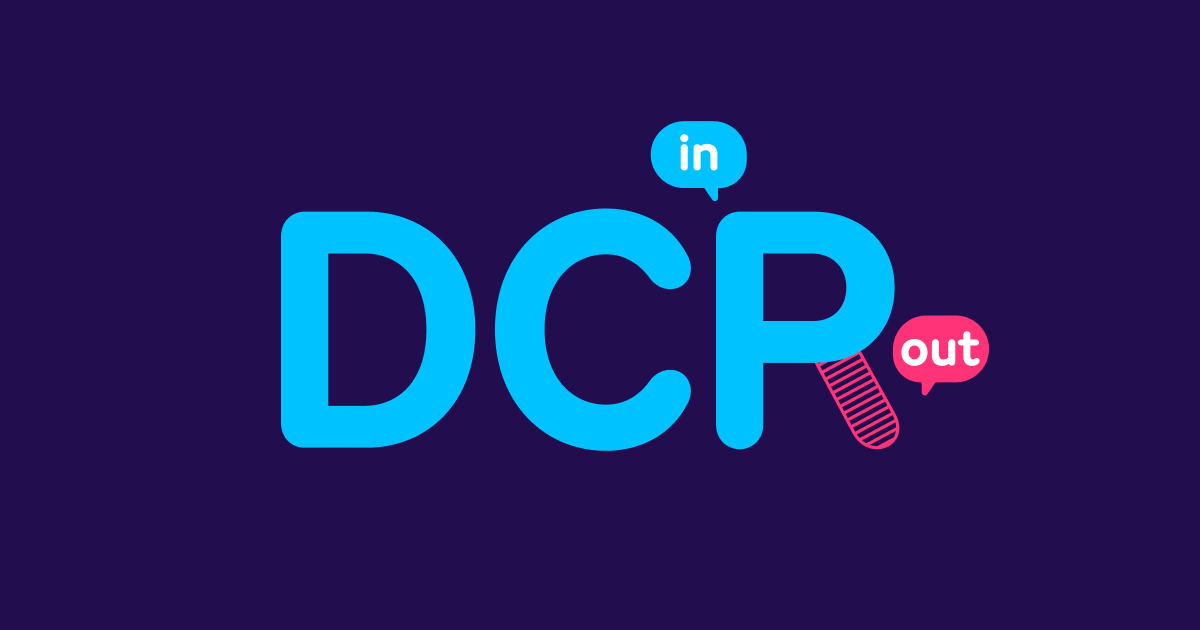
Owned media
Owned media refers to the channels you control yourself, such as your website, app, social media profiles, or newsletters.
What is owned media?
Owned media is the home of your content, where you control everything from creation through to distribution.
From blog posts to email marketing campaigns, and from webinars to tweets, owned media is your way of creating content to inform, inspire, and engage your audience at every stage of the user journey.
Examples of owned media
Website/app
Your website or app is your primary channel of distribution when it comes to owned media. This is where you can share blog posts, press releases, product pages, demo videos, and much more.
These platforms are like your shop window, setting the stage for how you want users to engage with your brand.
Social properties
These days, having a presence on the major social media platforms is just as crucial as having a website. They offer the opportunity to expand your brand’s reach, show your personality, and allow existing and future customers to engage with you more easily.
They’re a good place to test content that’s a little more fun and informal (while remaining true to your brand), and to start a meaningful conversation that inspires action.
Note: you may notice that a profile on a third-party site doesn’t exactly fit our definition of “direct control”, so more on that below.
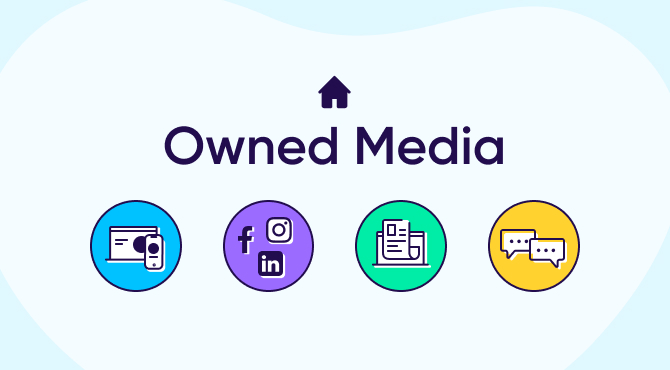
Email list
Email is one of the most direct and personalized ways to communicate with current and potential customers, whether you’re promoting products, updating them on changes, or offering exclusive deals.
It enables you to segment your audience and create content that’s tailored to their needs or stage in the user journey.
And it works: according to an eMarketer study, the median email marketing ROI (return on investment) is 122% —four times higher than any other digital marketing channel. This makes your email list one of your most valuable owned media assets.
Third-party profiles
Third-party profiles include app store profiles, review site listings, and forums.
As with social media, you own and control the content of your listings. While a third-party profile may not be able to mimic the exact style of your brand, these platforms can help you engage with users, develop a community, and build loyalty.
The difference between paid, owned, and earned media
Owned media vs. earned media
Earned media refers to channels where your content is promoted or referenced without you paying for it. It’s the online equivalent of word of mouth.
It differs from owned media in that you can’t control the content or placement.
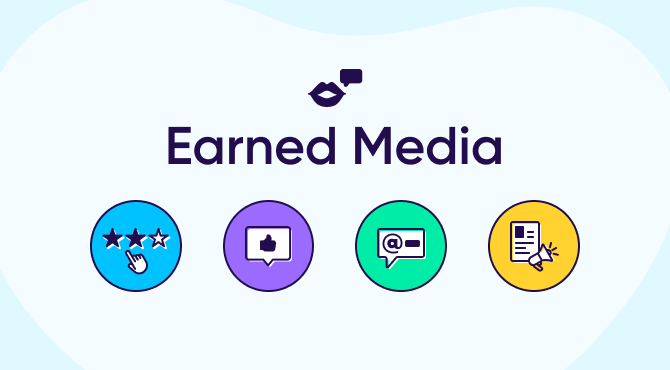
Examples of earned media include a tweet about an experience with your product or team, a review of your app on a third-party site, or a news publication that features you in an article.
(Some argue that social media should be classified as earned media, because even though the content is your own you don’t have complete control over the functionality. You might also hear the term “shared media”, but we’ll stick with the three media categories for now.)
Owned media vs. paid
Paid media differs from owned media in that you have to pay to display your content.
Often, this takes the form of online advertising, for example:
- Banner ads
- Search ads
- Native ads on social media
- Various forms of in-app advertising
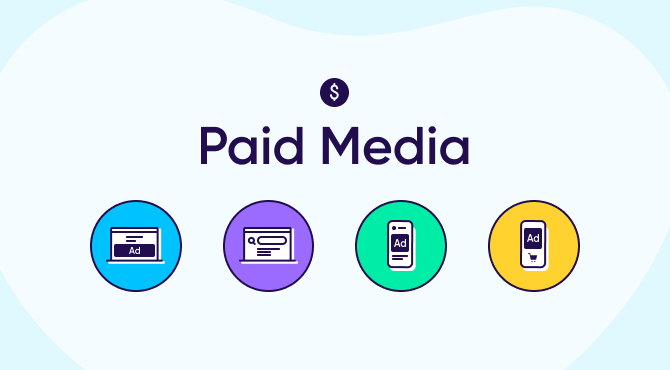
Other examples of paid media include partnerships, influencer marketing, advertorials, and non-digital channels such as billboards, TV ads, and event sponsorship.
Owned media pros and cons
Owned media offers a number of obvious benefits — let’s take a look at some of them.
- Full control: as mentioned, owned media gives you complete control over every aspect of your content — from the subject matter to the look, feel, and tone. You’re also free to adapt or update it as you wish.
- No cost: aside from the internal resources you put into creating your content, you can store and share it for free.
- Low risk: full control + low costs = low risk to your business. With paid media you could find you have wasted your budget if a campaign is unsuccessful, and with earned media you lack control over comments and responses. Owned media avoids these potential pitfalls.
- Adapts to the customer journey: with owned media you can build a content strategy that addresses each stage of the customer journey. Think: a blog for awareness, a newsletter for consideration, and a webinar with a demo at the completion stage. Then, you can move seamlessly into engagement and retention activity.
- Continuous improvement: because you control all the parameters, owned media enables you to experiment with different messaging, formats, and channels to see what delivers the best results.
But despite these advantages, owned media isn’t necessarily an easy option. Here are some considerations to bear in mind:
- Resources: owned media isn’t a quick fix — it takes time and expertise to develop high-quality content, and keep it coming. Managing a busy social media feed is no picnic either. So, while it’s free to share your content, you might need to invest in some help to create and manage it.
- Reach: with so much content competing for users’ attention, it can take time to build up an engaged user base. You may decide paying for coverage on a popular site is a quicker way to get your brand out there.
- Measurement challenges: consuming your content doesn’t necessarily lead to measurable outcomes. A user might read your blog about choosing a laptop and take no immediate action — but in a few weeks’ time, when they’re ready to buy, it’s your computer store they’ll trust to help them. The challenge is proving that connection.
Owned media in the app marketing ecosystem
Owned media is becoming increasingly important to app marketers: across the AppsFlyer ecosystem, we saw usage increase 174% during 2022.
A key factor driving this trend is the quest for value: we’re all under pressure to achieve more with less. Although there’s an investment to create the content, owned media can prove more cost-effective overall than running a one-off paid campaign.
Add to this growing ad fatigue among users, together with privacy rules putting the squeeze on targeted mobile advertising — and it’s no surprise marketers are hungry for new ways to connect with customers.
Here are some of the key roles owned media can play in your app marketing efforts.
Boost your user acquisition campaigns
Owned media is central to many marketers’ user acquisition (UA) campaigns. What better way to convince people to play your game, for example, than by showing them a video demo you created?
You have a range of channels at your disposal for UA campaigns, including your website, social media, and email (with consent, naturally). Make sure you’re telling a consistent and compelling story across them all, with clear calls to action.
Engage and retain
If you can identify a point at which users are likely to churn or stop engaging, that’s the time to launch a remarketing or re-engagement campaign. Again, owned media is your friend.
You already have the customers and the communication channels, and (hopefully!) you know your audience. So, over to you to create the content that will be most inspiring and relevant to them.
For example, you can use emails or push notifications to remind users of the benefits of your app or promote an exclusive offer. You can also build loyalty programs into your app, such as unlocking additional features through regular use or recommending a friend.
Widen your reach
A huge billboard buys you vast reach, but how many of those passing viewers are your ideal customer?
The shareable nature of social media makes it a great tool for spreading your message to like-minded people. And with multiple platforms to choose from, depending on your content and where your customers hang out, you can engage regularly and build up a genuine community.
Just make sure your content is genuinely worth sharing!
Best practices for your owned media
To make sure you get the most from your owned media, it’s important to follow some best practices.
Get your strategy in place
You might feel inspired to write a great blog post or create a flashy video, but ad hoc posts without a plan are unlikely to get you very far. See the next section for tips on developing a solid content strategy.
Re-use, recycle and repurpose
We’re not advocating churning out the same stuff over and over. But, equally, don’t make your life harder than it needs to be!
An infographic could be broken down into a series of social posts. An email could link to a video on your website. A product update could form the basis for a blog. It’s all about getting maximum value from the assets you create.
Think SEO
When you create content, following SEO best practices will make sure it’s optimized for search engines so your audience can’t miss it.
Likewise, when you’re preparing your listings for the app stores, be sure to follow the principles of ASO (app store optimization).
Drop the hard sell
Of course, you can use your owned media to drive conversions — for example, an email alerting users to a limited offer. But content creation should be more than transactional.
Think about what would inspire and delight your audience, and focus on building connections rather than constantly pushing your product.
Be consistent
From blogs, to website updates, to social posts, showing up regularly is key: it’s no good having a flurry of activity, then radio silence because you ran out of time, resources, or inspiration.
Regular updates not only encourage users to return, they also affect perceptions of your brand: research has shown that 81% of visitors actually think less of a brand whose website isn’t updated.
And don’t forget to keep all your content consistent in terms of brand messaging, look, and feel — otherwise, you risk confusing users.
Again, a solid content plan will help you stay on track.
Owned media strategy: creating an owned media process
Strategy is everything when it comes to making owned media work for you. Not sure where to start? Don’t worry, our six-point guide will show you the way.
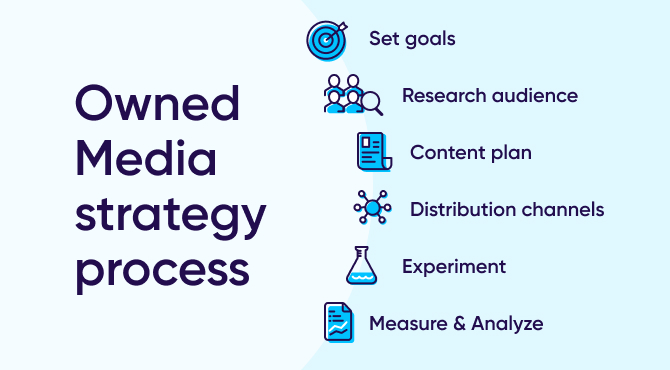
- Set out your goals
Before you start creating your content, think about the goals you want to achieve. Are you aiming to gain new users? Boost retention? Grow your ARPU (average revenue per customer)?
Once you have defined your benchmarks and metrics, you can work backwards and decide which content formats and distribution channels best help you achieve your targets.
- Research your audience
Think about who you’re creating the content for, where to reach them, and where they are in the buyer journey. This will help you understand the type of content they’d find valuable and any pain points to address.
For example, if you’re promoting a recipe app to time-pressed parents, you could share a series of social posts featuring quick, weeknight dinners.
- Plan your content
Coming up with content is time-consuming, so don’t leave it to the last minute. Planning ahead will enable you to develop relevant and timely messages, as well as making effective use of your existing assets.
- Decide on your distribution channels
With so many channels available, it’s worth taking the time to evaluate which are best suited for a particular piece of content or message.
For example, you may want to share some company news in your newsletter, but also on your LinkedIn page where it will get wider reach. Or, you may have published a new industry report on your website, but you also post the download link in a relevant forum.
You can also consider enhancing your owned media campaign with paid channels or collaborations.
- Experiment
There is an ocean of content out there, so you need to find ways to stand out.
Experiment with different channels and formats and see which approaches bring you higher-value users and improved brand awareness. You can also A/B test different copy, visuals, and calls to action to identify the best results.
- Measure and analyze
Using the benchmarks you set out in your planning stage, measure how your owned media is performing relative to your targets.
If you’re exceeding expectations then double down on your efforts, or if you notice areas for improvement you can tweak and optimize your content strategy.
Don’t forget to consider attribution: for example, you’ve seen a spike in website visitors, but did they get there by clicking on your Facebook post or find you another way?
Key metrics for your owned media campaign
- Websites: you can track visitor numbers, session length and bounce rate to understand how people are engaging with your web content.
- Apps: downloads are key to a UA campaign, while in-app purchases are important for revenue. You can also track your daily/monthly active users to monitor ongoing engagement.
- Email: measure open rate and click-through rate to see how your email campaigns perform.
- Social media: impressions and reach show you how many people are seeing your content. Followers, likes, shares, and comments can give you an idea of how much ‘buzz’ your post is generating — but be warned, these metrics don’t necessarily translate into revenue.
Key takeaways
- Owned media is the home of your content – you have full control of the message, channel, and distribution.
- A big benefit of owned media is that it’s free to distribute your content, whereas paid media will cost you. Earned media is also free, but you don’t have control over the content or placement.
- Owned media can be used to address each phase of the buyer journey. It can help widen your reach and create a dialogue with customers as they move down the funnel.
- On the downside, owned media can be time consuming and hard to measure.
- Owned media best practices include having a clear strategy and being consistent. You should make sure your content is optimized for search and not too ‘salesy’.
- Steps to success with owned media include setting goals, researching your audience, planning your content, deciding on your channels, and continually experimenting, measuring, and analyzing.

